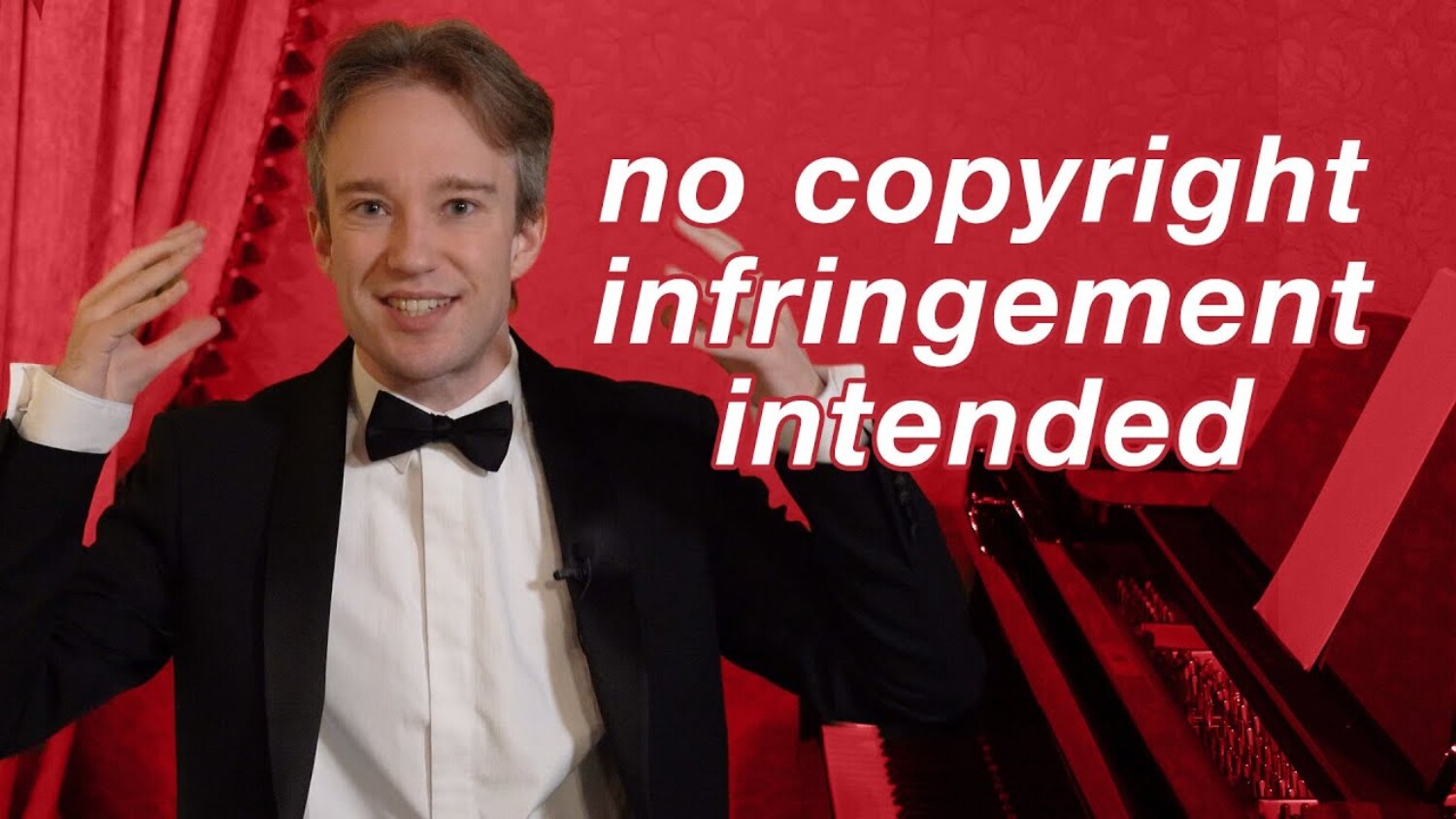If You Are a Photographer, You Must Watch This Video About Copyright
Beloved British Baking Show Contestant YouTuber Tom Scott is known for his short, humorous, informational videos covering everything from sending garlic bread into space to navigating the interior of the brain with neurosurgeons. In one of his most ambitious projects to date, Tom Scott tackles a topic that is close to the hearts of every artist: copyright.
While this video focuses primarily on the evolution of copyright law and how it applies to the internet (primarily YouTube, as that is Scott’s medium of choice) the video also takes an in-depth look at how the internet has reshaped society’s view of what is protected by copyright and what isn’t. Part of this is taking a deep dive into how photography and digital images are created and distributed throughout the internet and the changing media landscape that we operate in.
A noteworthy quote, in the context of protecting photographer’s copyright, which I tip my hat towards Scott for:
“Photography is an expensive art…And if you think that’s wrong, then talk to a professional photographer. Ask them how they earn their living and how much their equipment costs, and how they feel about it”
Tom Scott
The general premise of the video is that the copyright system under which we create and make a living is fundamentally broken; and by the end of the video I am confident that you may agree with that assessment. Scott explains the current system, what options creators have for enforcing their copyright, how creators are squashed (or how they benefit, in some cases) from the current system, and what we can do to change it. Trust me – ignore the title, it’s an absolute must-watch.
While only a third of the video or so is directly related to photography, I recommend everyone watch it as the video provides a brilliant overview of copyright law in general and how it applies to music, video, and photography. I sincerely hope that this video helps contribute to a fundamental shift in how the public approaches their “use” of artworks and their understanding of what is and isn’t fair use or – even – usable.
